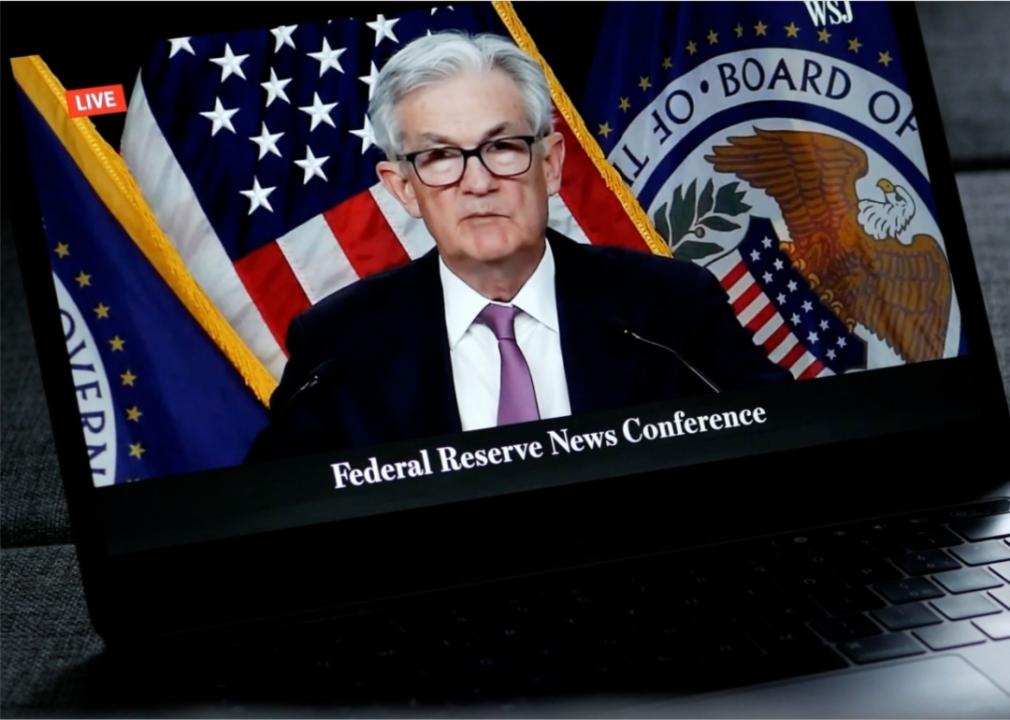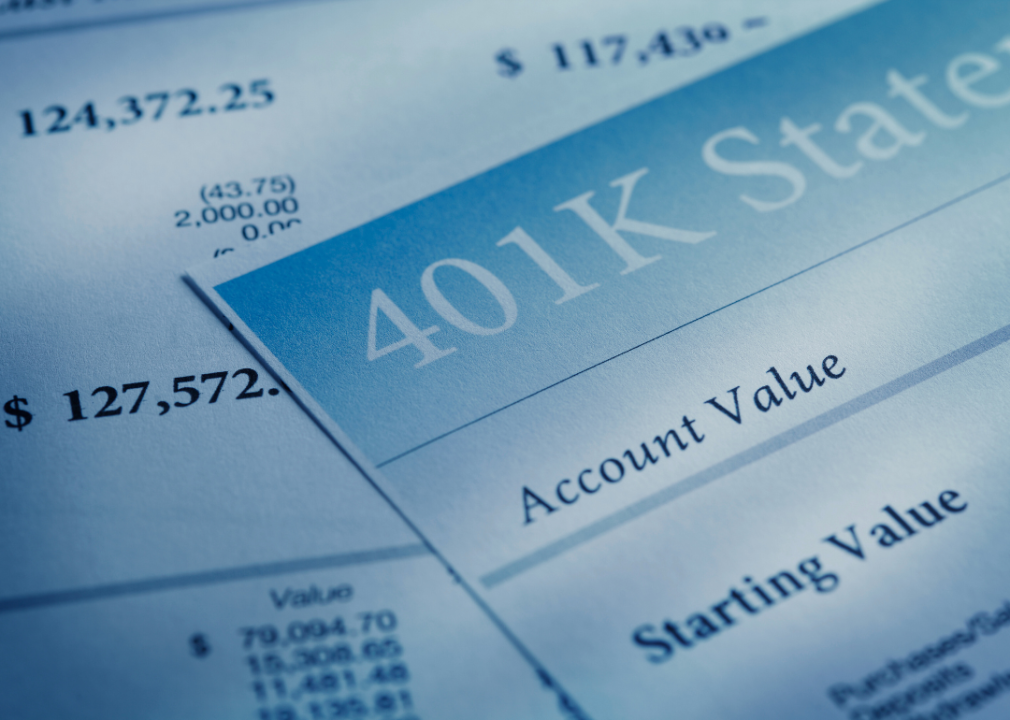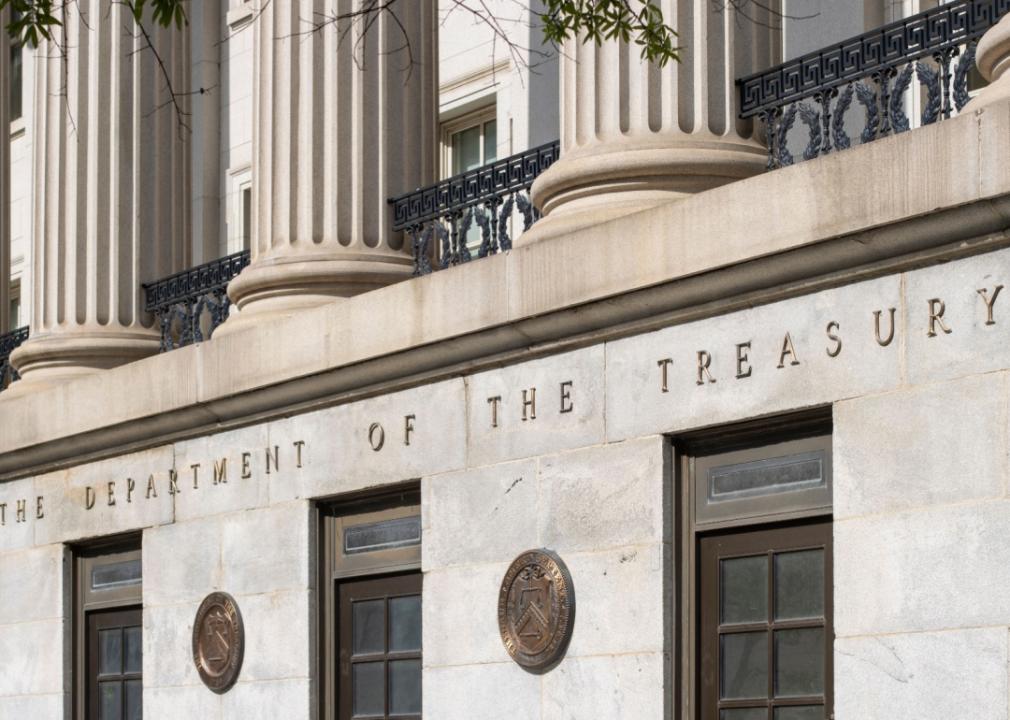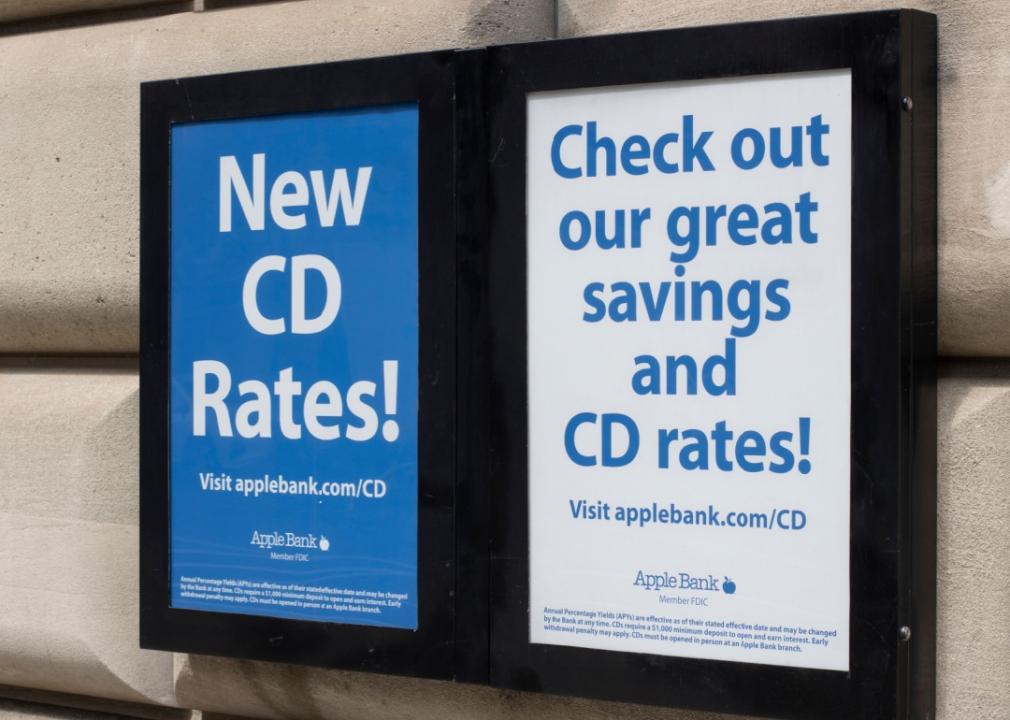
Federal interest rates have sat at a 24-year high for more than a year, making borrowing money the most expensive in decades. That, however, is poised to change, as the Federal Reserve announced a long-awaited cut to its federal funds rate this month.
Wealth Enhancement analyzed resources from federal institutions, including the Federal Reserve, FINRA, and the Securities and Exchange Commission, to explain how lower interest rates can influence the returns expected from common investments.
The announcement Wednesday that the Fed will lower the federal funds rate was all but certain in the eyes of economists and analysts, but the half percentage point cut was more than many expected.
A slim majority of economists polled by Reuters in August expect the central bank to lower its benchmark interest rate by 25 basis points. Most Fed officials similarly anticipated they would cut rates at the September meeting, according to meeting minutes from July. The move marks the first time rates have been lowered since the Fed began hiking them in 2022 to fight off some of the highest inflation Americans have experienced in decades.
And it will have implications for common investments like real estate, treasuries, CDs and, of course, the stock market.

Real estate has long been one of the most common forms of wealth for generations of Americans, and lower interest rates could mean a boon for existing homeowners.
Two-thirds of American families had invested in a home that they own and live in as their primary residence in 2022, and another 13% owned other residential properties, according to the Federal Reserve's Survey of Consumer Finances.
As of August, the average interest rate on a 30-year, fixed-rate mortgage was 6.5%, down from a peak of 7.8% in October 2023; industry professionals forecast that rate could dip even lower in the coming months. A decrease in the federal funds rate means lenders will offer lower interest rates on home mortgages.
Higher interest rates have made it unappealing to sell for those already invested in the housing market. Many homeowners are locked into lower rates and subsequently lower mortgage payments than they could get when buying another house today, sometimes described as a "lock-in" period.
Experts anticipate that lower mortgage rates could boost home-buying activity. When market activity heats up, it could push home values higher at faster rates as well, similar to the frenzied market seen from 2020 to early 2022.
For the other one-third of Americans who are not homeowners, the last several years of historically high interest rates have made homeownership increasingly unaffordable. Economists at Bank of America and elsewhere don't anticipate mortgage rates will drop significantly enough in response to a lower federal funds rate to make a significant change.
For those invested in real estate investment trusts, or REITs, the near term could be volatile. However, interest rates alone are not a key factor in the success or failure of REITs, according to S&P Global research.

About 58% of U.S. families hold some form of stock, up from 48% over a decade ago. Generally, lower interest rate environments can motivate consumers and companies to borrow money and spend more gratuitously, boosting stock market performance.
However, interest rates don't necessarily have a direct influence on the positive or negative movement of stock market investments on a day-to-day basis, but the level of rates and the expected path of interest rates can impact valuations over extended periods. The S&P 500 has notched record highs in 2024 despite higher interest rates for loans.
Instead, it's broader trends like economic growth, consumer spending, and corporate profits at publicly traded companies that have a more direct impact on stock price fluctuations.

Fixed-rate corporate bonds are debt that companies sell to the public to raise money quickly. They guarantee that they will pay it back with interest in the future by the maturity date. Maturities range from short (less than three years) to long (more than 10 years).
Bonds pay out their interest rate, or coupon price, at fixed intervals along their maturity life span, netting income for the buyer. At the end of the maturity period, interest payments stop, and the issuer pays out the face value of the original bond principal.
If the bondholder sells their bonds before the maturity date, the value of those bonds tends to move opposite of the market interest rate environment, according to the SEC. When interest rates fall in the market, the value of bonds investors trade will rise. The higher interest rate yield on previously issued bonds is more attractive to investors who can now only purchase newly issued bonds, paying lower interest rates.
Few Americans directly hold bonds, but they're much more likely to have a retirement account that includes them, according to Fed data.

A 401(k) retirement savings account, held by 54% of American families in 2022, typically consists of some combination of stocks and bonds. The performance of each of those assets will influence the performance of the overall portfolio, and bonds are typically included to help balance out the volatility of the stock market.
The New York Stock Exchange, S&P 500, and NASDAQ are all up for the year through August as signs continue to emerge that employment remains robust and consumer spending is growing. But those measures have slowed, worrying some economists in recent months that interest rates would need to decrease quicker to avoid a potential recession.

Like corporate bonds, Treasury bonds are low-yielding, fixed-income investments that allow the holder to earn steady interest over a set period of time. Investors typically consider them among the safest investments with guaranteed payouts. Unlike corporations issuing their own bonds, Treasury bonds are backed by the full faith and credit of the U.S. government.
Similar to corporate bonds, Treasury bonds have an inverse relationship to market interest rates, according to the Department of Treasury. A lower federal funds rate could push up the value of existing treasury bonds that haven't yet reached maturity.

A certificate of deposit, or CD, is a savings account that allows money to accrue interest over a set period of time. This year has marked a three-year high for interest rates on CDs, according to data kept by the Federal Deposit Insurance Corporation. In 2022, 6.5% of families held CDs, down from nearly 8% a decade ago.
Those rates have risen steadily as the Fed has hiked its benchmark rates in recent years and could track interest rates downward if it lowers the federal funds rate in the coming months. Existing CDs won't be impacted by shifting federal funds rates. Investors, however, can take advantage of the latest rates on new ones offered by financial institutions, which can be locked in for intervals of one month to 10 years.
In an environment where rates are dropping, purchasing CDs sooner rather than later may lock in the best returns for investors.
Story editing by Alizah Salario. Additional editing by Kelly Glass. Copy editing by Paris Close. Photo selection by Ania Antecka.
This story originally appeared on Wealth Enhancement and was produced and distributed in partnership with Stacker Studio.